The inner core and outer skin of the 10mm 2200kgs nylon braided rope fit very well, and the feel is ...
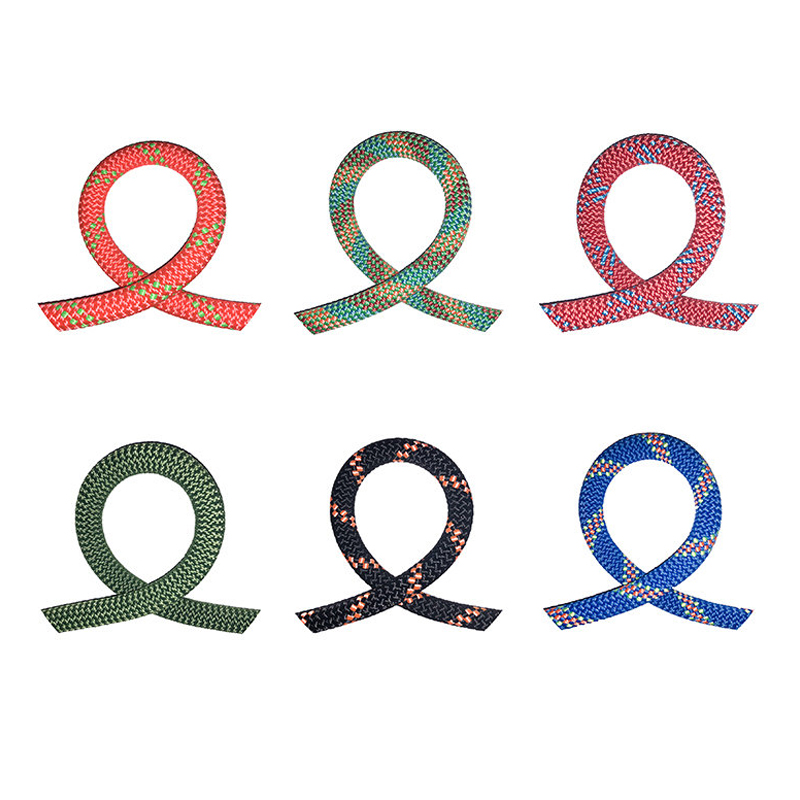
The inner core and outer skin of the 10mm 2200kgs nylon braided rope fit very well, and the feel is ...
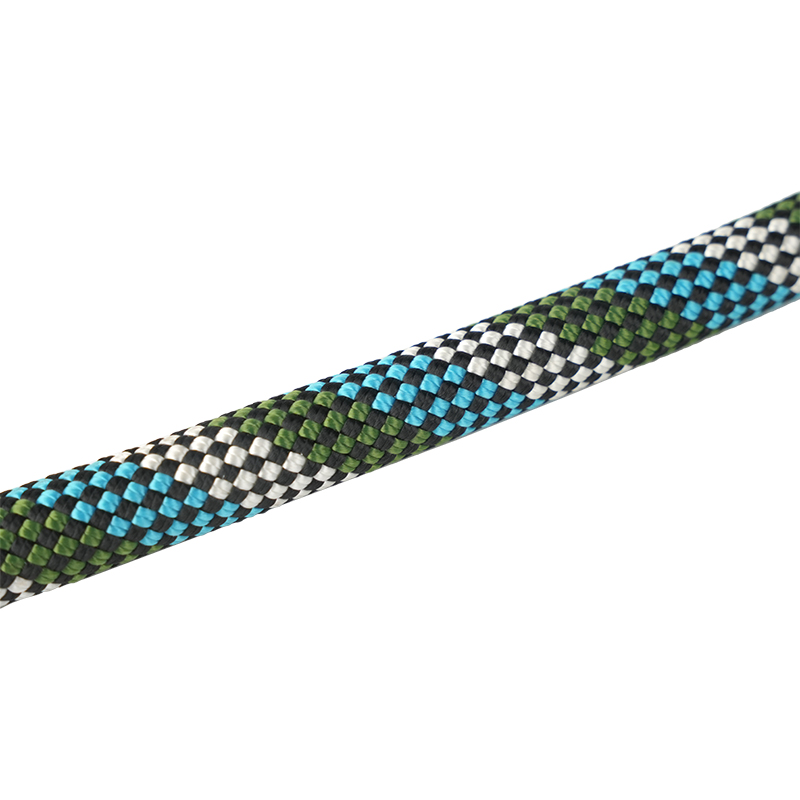
This 8mm wireless colorful nylon rope is crafted from premium nylon, combining high strength with ...
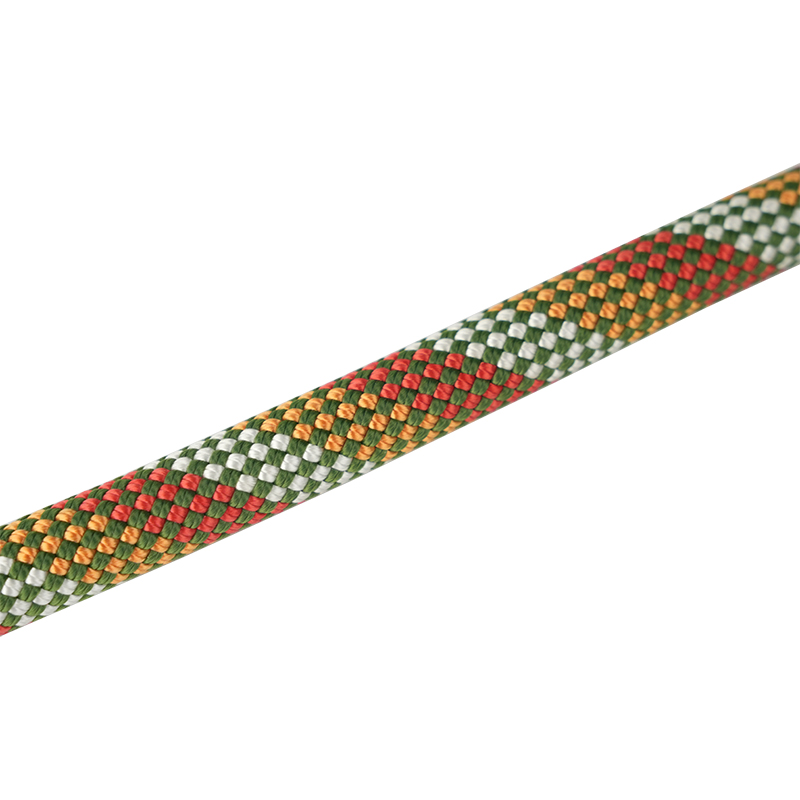
Crafted from high-strength nylon, this 12mm diameter rope is engineered for heavy-duty and complex e...
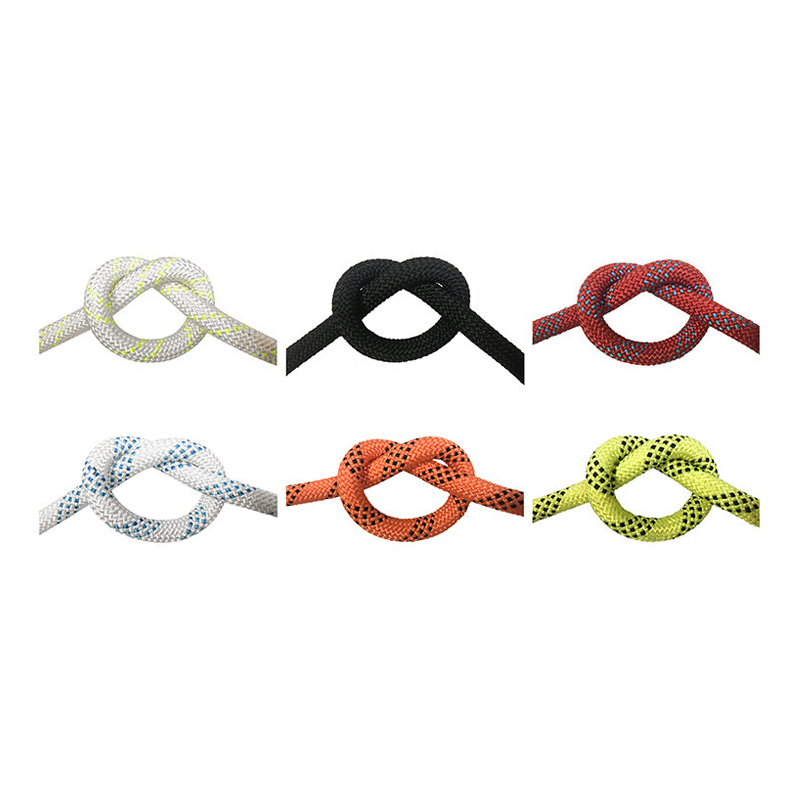
Material: polyesterDiameter: 10mmWeaving process: 48-strand diamond weaving, double-layer weaving ...

The 6mm fatigue-resistant polyester braided rope adopts a double braid design, which provides additi...
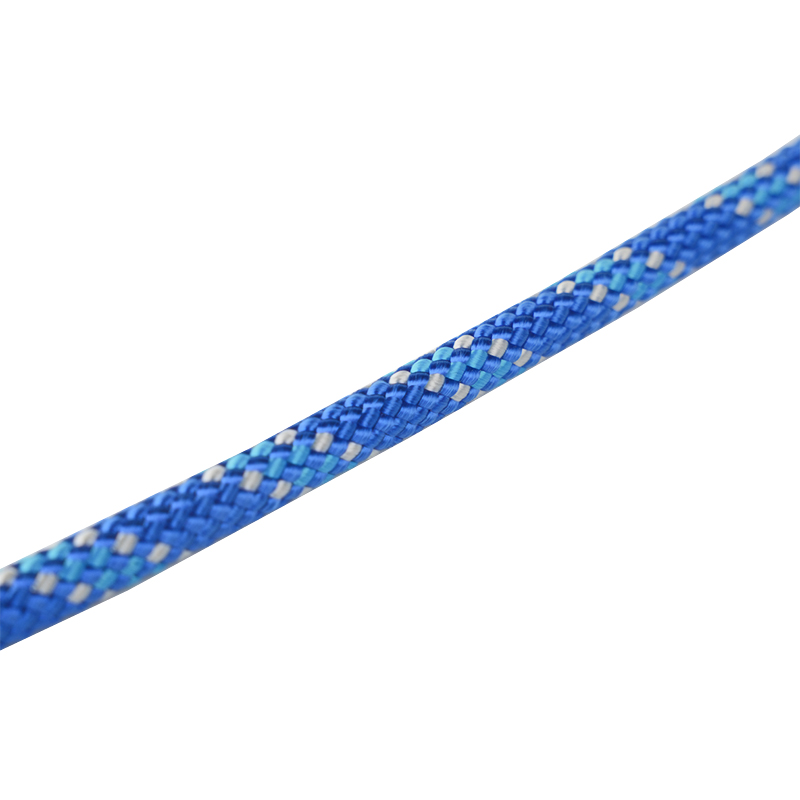
Crafted from high-density polyester fibers with dual-twist braiding technology, this 8mm rope featur...

Material: polypropyleneDiameter: 10mmWeaving process: 48-strand diamond weavingInner core: multipl...
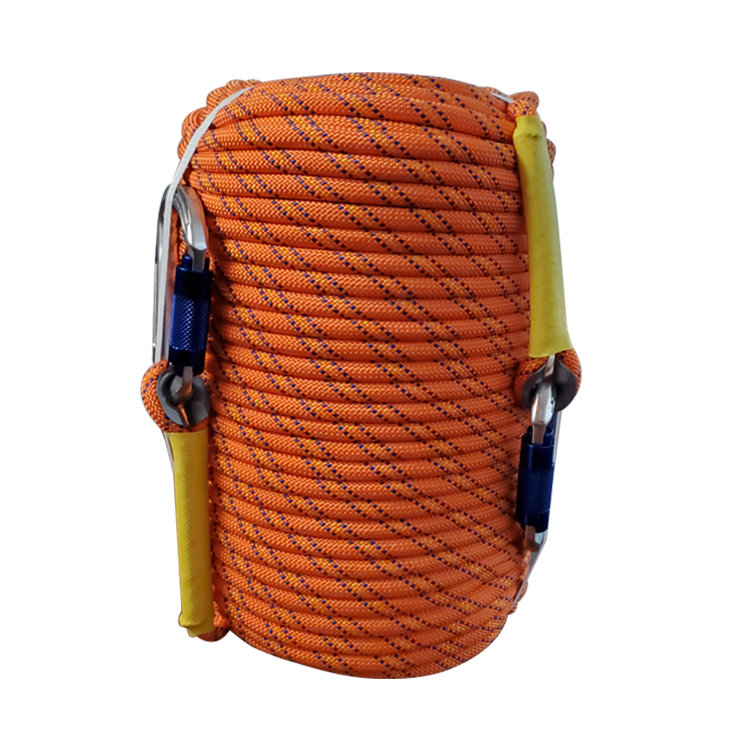
12mm Lightweight Buoyant Polypropylene Braided Rope is made of high-quality polypropylene (PP) and i...
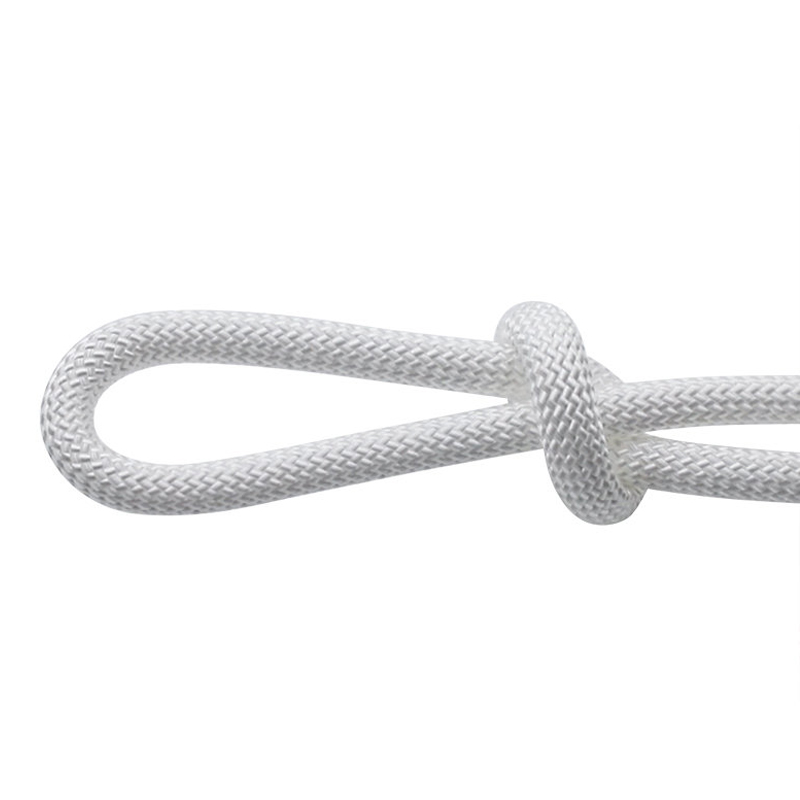
The 8mm white polypropylene braided rope is made of polypropylene (PP) and has high strength and wea...

This 10mm UHMWPE rope is highly strong and performs well. It can be used for water rescue, seawater ...
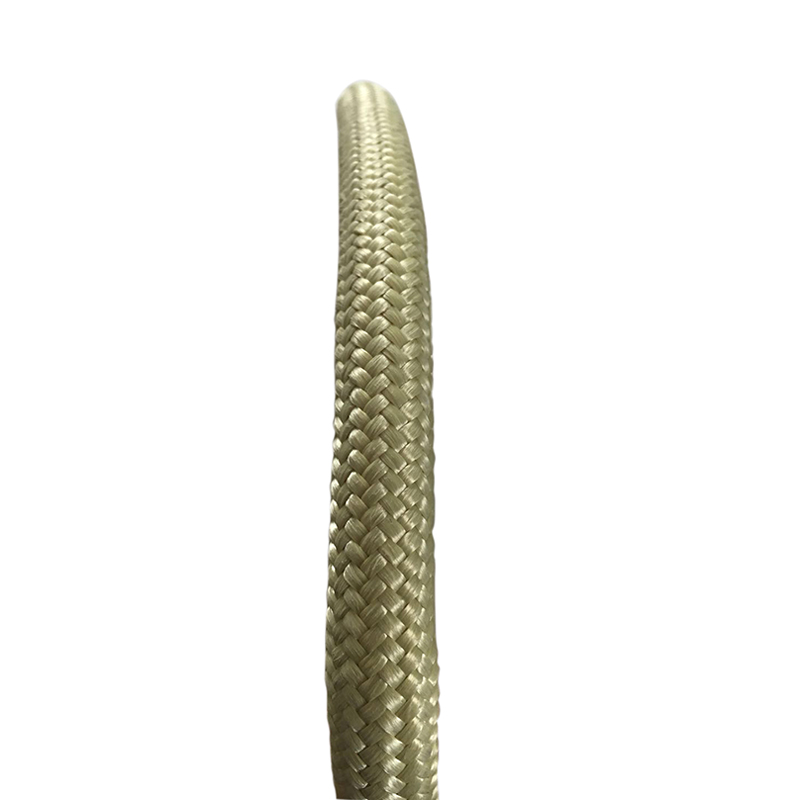
This aramid rope is mainly used in high temperature operations, special ships, electrical engineerin...
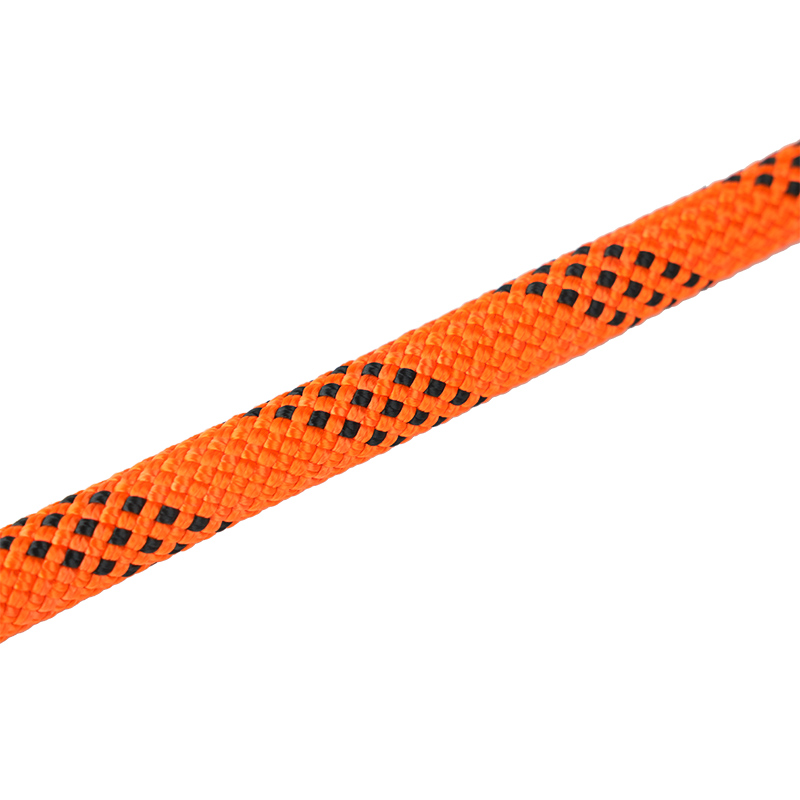
This safety rope is sound when working with heights plus it is a low stretch rope. Its diameter is ...
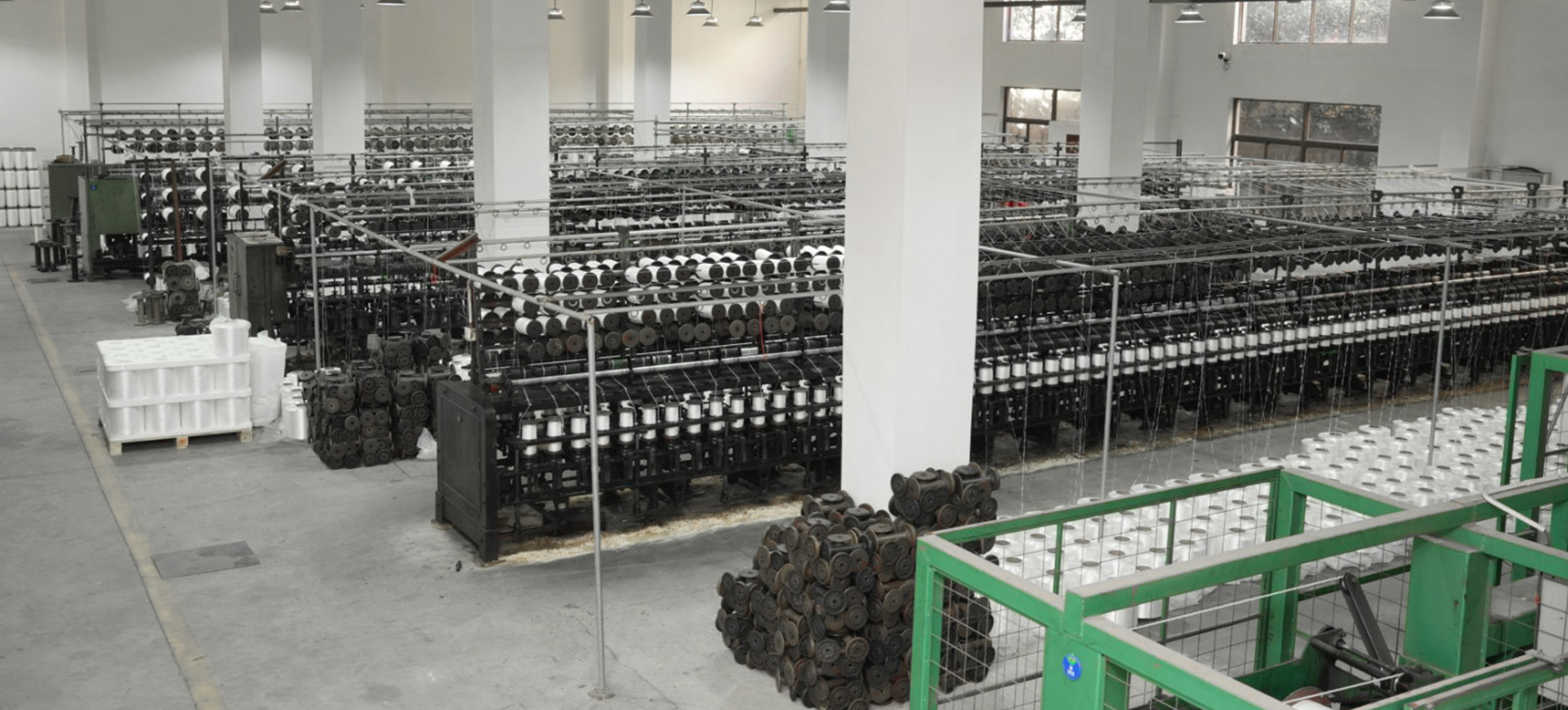
Taizhou KA Protection Products Co., Ltd. is located in the Taizhou Economic Development Zone, Jiangsu Province, China, with convenient transportation.
Since its establishment in 1986, the company has been dedicated to the production of safety harnesses, safety nets, safety ropes, and lifting slings. As Braided Rope Suppliers and Double Braided Rope Factory, our products are exported globally, including to countries such as the United States, Europe, Russia, the United Kingdom, South Korea, and Japan. Our products have undergone rigorous testing and have obtained international certifications, ensuring that each product provides crucial protection in critical moments.
The company's production strictly adheres to ISO standards, and each batch of products undergoes strict inspection to ensure quality. Supply Wholesale Double Braided Rope, Braided Rope for sale. Currently, the company covers an area of 5,600 square meters and has a construction area of 3,800 square meters, equipped with over 50 pieces of production equipment and comprehensive testing facilities, focusing on delivering safety protection solutions to customers worldwide.

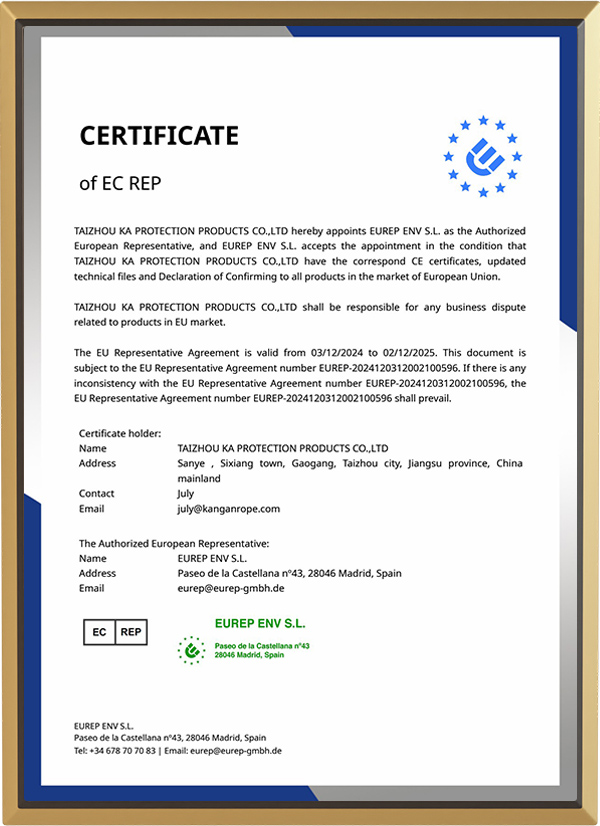
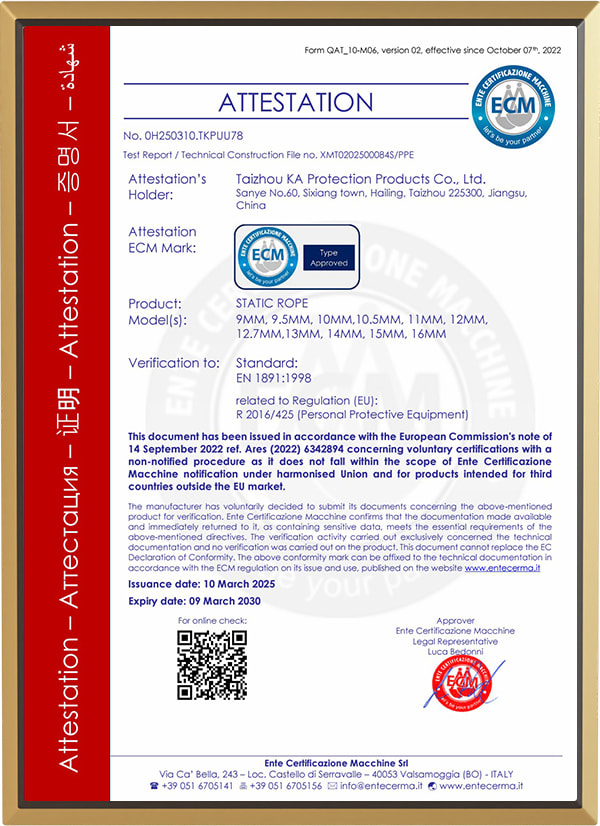
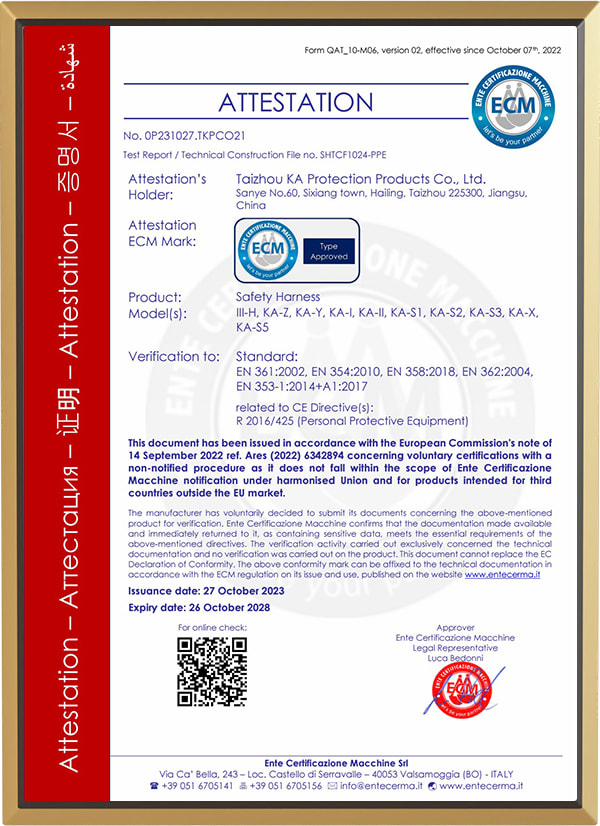
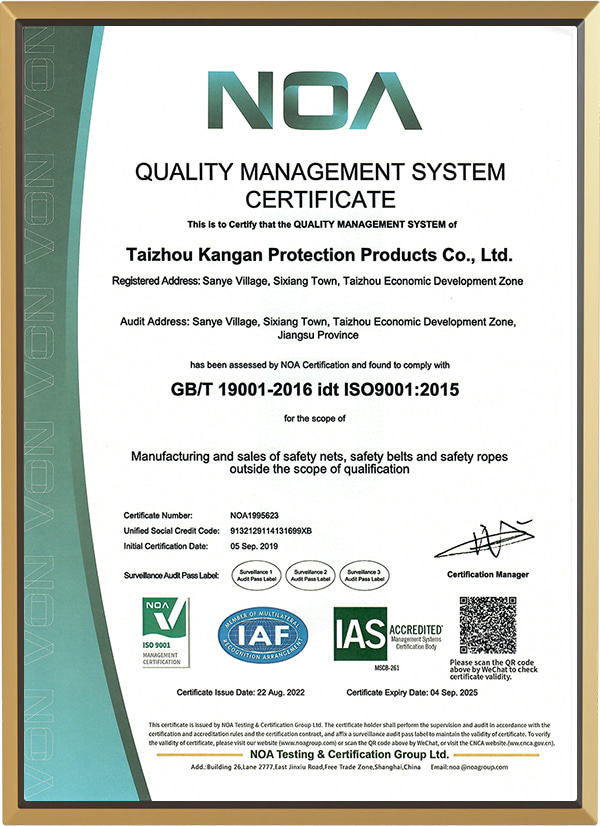
Essential Top Roping Gear for Beginners Top roping is one of the safest climbing methods, but having the right gear is crucial. Selecting the proper equipment ensures safety, comfort, and efficiency while climbing. Begin...
View More1. Understanding Top Roping Top roping is a climbing style where the rope is anchored at the top of a route, allowing climbers to ascend with a belayer managing the rope from the ground. This method provides a high level...
View More1. Introduction to Heavy Duty Nylon Rope Heavy duty nylon rope is a versatile and reliable material widely used in industrial, marine, construction, and outdoor applications. Known for its exceptional strength, elasticit...
View MoreHow Braided Rope Construction Impacts Performance and Suitability Across Industrial Uses
When selecting the right braided rope for industrial applications, many buyers focus on material quality or tensile strength, but often overlook a crucial aspect: the construction method. The structure of braided rope—whether it's single-braid, double-braid, or hollow-braid—directly influences its behavior under load, its flexibility, and even its ease of handling. As a manufacturer with years of experience supplying braided rope to global industries, we know firsthand that understanding rope construction can significantly improve the match between product performance and application needs.
Single-braid rope, with its straightforward interwoven design, offers excellent suppleness and low stretch. This makes it ideal for general-purpose tasks, such as utility tie-downs or marine dock lines, where flexibility and knotability are key. However, for more demanding environments that require both strength and abrasion resistance, double-braid rope is often the better choice. Double-braid construction features a braided core encased within a braided sheath, combining the best of both worlds—durability and high load capacity—with just the right amount of stretch control.
Hollow-braid rope stands out in applications where splicing is frequently required. With no inner core, it's lightweight and easy to manipulate, making it especially suitable for recreational marine use or light-duty rigging. Yet, its structure means it's less suited for heavy lifting or dynamic loading. These nuances might seem small on paper, but they can make a significant difference in real-world usage, especially when safety, longevity, and cost-efficiency are involved.
Different construction methods also determine how the rope behaves under repeated stress and environmental exposure. For example, double-braid rope, thanks to its layered design, tends to resist flattening and distortion, which is crucial in industrial settings where ropes are coiled, uncoiled, and tensioned repeatedly. In contrast, single-braid ropes may be more prone to wear in high-friction conditions, though they still excel in ease of use and portability.
As a supplier who works closely with clients in marine, construction, and utility sectors, we often advise customers not just on which braided rope material fits their requirements, but on which rope structure offers the best balance of performance and handling. The choice between hollow, single, or double braid can affect everything from splicing time to equipment compatibility. Making the right decision upfront can reduce maintenance downtime and extend product life—two critical benefits for any professional operation.
It's also important to consider that each type of Double Braided Rope construction responds differently to coatings and treatments, such as UV protection or water repellency. These enhancements work best when paired with the right rope structure, as some treatments may penetrate differently or affect flexibility based on braid density. Our production expertise ensures that such factors are accounted for, so customers receive ropes optimized for their specific applications, not just generic off-the-shelf products.